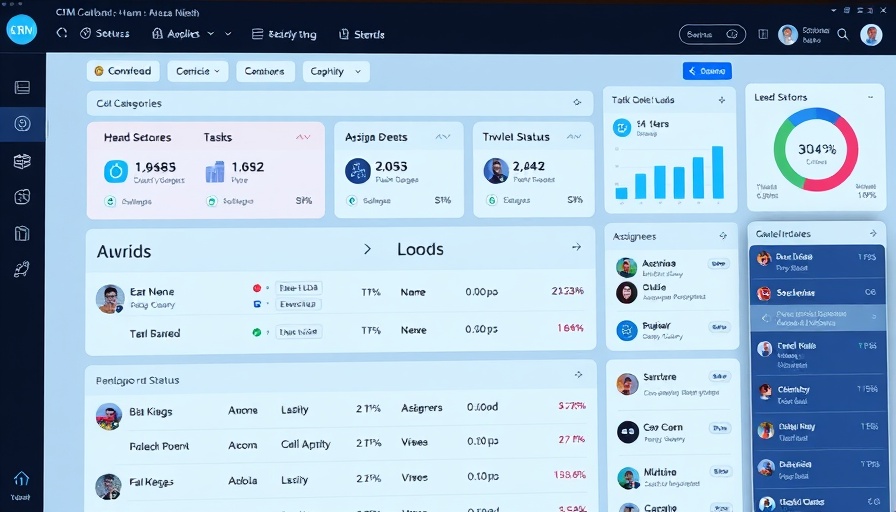
Mastering Time Calculations in Excel for Your Business Needs
For business owners engaged in scaling operations, mastering time calculations in Excel can significantly bolster efficiency. Whether you are coordinating project timelines or tracking employee hours, Excel offers a robust platform to streamline these calculations, making it an essential tool for project management and productive workflows.
Understanding the Basics: Why Time Management Matters
Effective time management is not just about monitoring hours worked—it's crucial for assessing project viability and managing resources effectively. In fact, according to studies, businesses that enhance their time tracking and project management processes increase their productivity by up to 30%. Utilizing Excel can help you grasp how time influences profitability and operational capacity.
Essential Formulas for Time Calculation
To make the most out of Excel, familiarize yourself with simple yet powerful formulas that can revolutionize your business operations. Here are a few critical formulas:
-
Simple Time Subtraction: To subtract start time from end time, use the formula
=(End Time - Start Time). Make sure to format these cells to display time for accurate results. -
Calculating Hours Worked: To determine total hours over multiple days, the formula
=(End Time - Start Time) * 24will convert the time into hours. -
Adding Time: If you need to add multiple time durations, deploy the
=SUM(Range)function, which allows you to sum a range of time values easily.
Enhancing Collaboration Through Time Management Tools
Integrating Excel with collaborative tools enhances how teams manage projects and time. Solutions like ClickUp connect with Excel, allowing for seamless data importation and enabling real-time updates on project timelines. This, in turn, fosters a collaborative environment, ensuring all team members have access to vital information to make informed decisions.
Tips for Effective Time Tracking
To further refine your time management practices, consider the following tips:
- Set Clear Objectives: Clearly defined project goals allow teams to estimate the required time effectively.
- Review Regularly: Regularly reviewing time data helps identify patterns and areas needing adjustment.
- Automate Where Possible: Use Excel macros to automate repetitive time calculations, saving time and minimizing errors.
Revising Your Approach to Time Management
The way you track time can make or break your operational infrastructure. As you implement these techniques, take stock of what is working and what’s not. Regularly revising your approach will ultimately lead to more streamlined operations, greater productivity, and efficient project completion.
Your Next Steps in Optimizing Time Use
Ready to enhance your operational capabilities through effective time management? Implement these guidelines, and watch as your productivity increases. Don’t hesitate to explore further Excel functionalities that can benefit your unique workflows.
Call to Action: Join our community of forward-thinking business owners and discover more actionable insights on optimizing your operations through effective project management tools. Subscribe to our newsletter for ongoing strategies!
 Add Row
Add Row  Add
Add 



Write A Comment